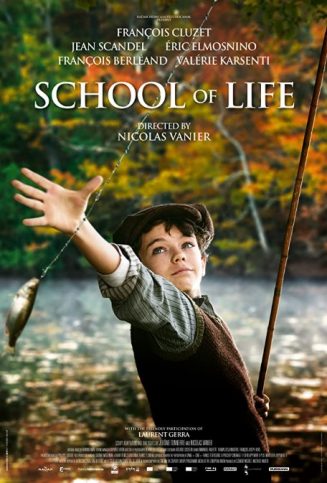 1930s France. World War I has left many orphaned kids and Nicolas Vanier‘s 2017 film The School of Life (Original title: L’école buissonnière) tells the story of one of them – eleven-year-old Paul (Jean Scandel). He gets fostered by a woman who takes him to the countryside where she lives and works. There, Paul meets Totoche (Francois Cluzet), a poacher who lives in the forest, who he befriends. With Totoche as his guide, Paul discovers nature, but he also learns a secret about his relationship to the owner of the estate where he now lives that nobody wanted to reveal and which will lead to a very big change in his life.
1930s France. World War I has left many orphaned kids and Nicolas Vanier‘s 2017 film The School of Life (Original title: L’école buissonnière) tells the story of one of them – eleven-year-old Paul (Jean Scandel). He gets fostered by a woman who takes him to the countryside where she lives and works. There, Paul meets Totoche (Francois Cluzet), a poacher who lives in the forest, who he befriends. With Totoche as his guide, Paul discovers nature, but he also learns a secret about his relationship to the owner of the estate where he now lives that nobody wanted to reveal and which will lead to a very big change in his life.
Although eye-pleasing thanks to an abundance of beautifully shot nature scenes, many of which feature great variety from the animal world, the film suffers from a bizarrely lengthy duration. Prior to The School of Life its screenwriter, Jerome Tonnerre, has adapted for screen two other classics of sentimental childhood novels: My Mother’s Castle and My Father’s Glory. All three adaptations share a nostalgic tone and a slow pace of story development aimed mostly at people seeking aesthetic pleasure rather than a challenging or captivating storyline.
Trailer
The story itself is a tad predictable, especially for those who have read novels by Mark Twain and Charles Dickens. Combined with the slow plot development, this predictability could result in boredom though, in a way, if one is fond of heart wrenching dramas (as I am), The School of Life can be seen as a respite for its overall relaxing atmosphere.

This is not the first time that I’ve praised the performance of a new-comer in a Coming-of-Age film, but Jean Scandel embodies his character in an excellent and credible manner. The young French actor’s beauty and charisma enhances the picture as much as the natural beauty that surrounds him.
It is a pity that his character remains a bit statistic throughout the story. More events and happenings influencing his character would have made the story much more intriguing to watch.
Essentially the film shares a lot of common traits with the Italian 2013 flick The Story of Cino – The Child Who Crossed the Mountain and, if you have read my review of that film, you will notice some of the same observations. It’s a special subgenre of Coming-of-Age cinema and, if you explore the site, you may stumble upon several reviews of films that belong to it – (Jean-Loup Hubert‘s Le Grand Chemin is another one of them). All appear to be aimed at pre-teen audiences or adults prioritizing aesthetical beauty over challenging narrative.
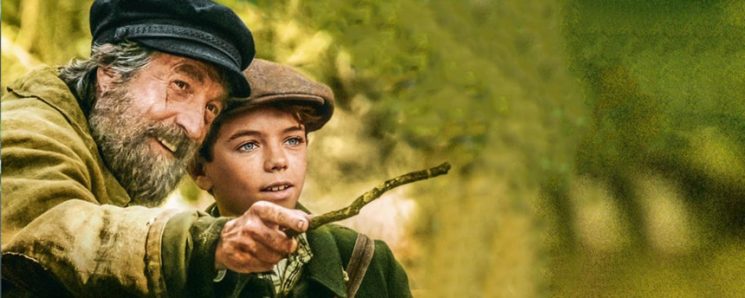
Members of the adult cast were convincing enough in their roles, though no one more so than Francois Cluzet as the irritable yet skillful poacher who befriends the young Parisian boy and manages to share with him some of his lifelong gathered wisdom and love of nature. The inter-generational friendship between boy and his older mentor is a conventional one and is reminiscent of one explored in Goodnight Mister Tom (1998).
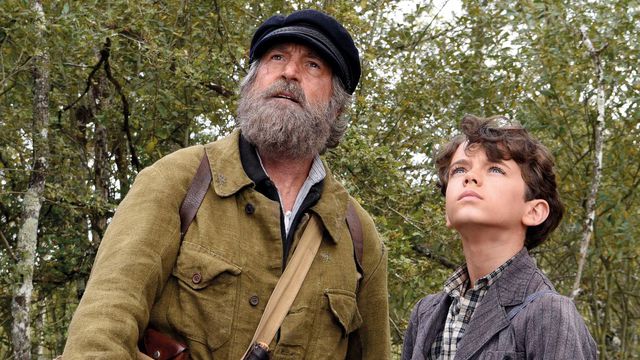
To summarize, The School of Life is a family-friendly film with Coming-of-Age motifs suitable for viewers of all ages, although aimed predominately towards younger audiences. It’s narrative is not overly dramatic or challenging but, for some viewers, it will deliver a welcomed respite from the many flicks charged with emotion or heart-wrenching finales.
[imdb]https://www.imdb.com/title/tt6330246/reference[/imdb]
The film is available on Amazon Prime Video with English Subtitles

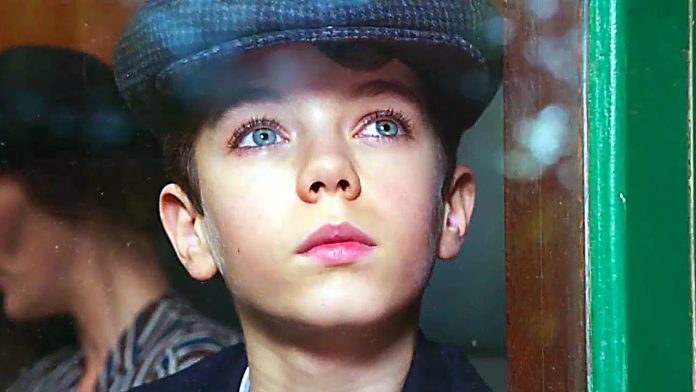

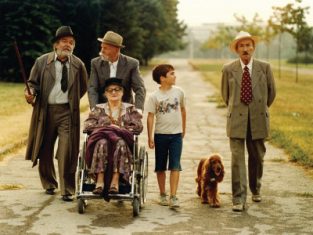
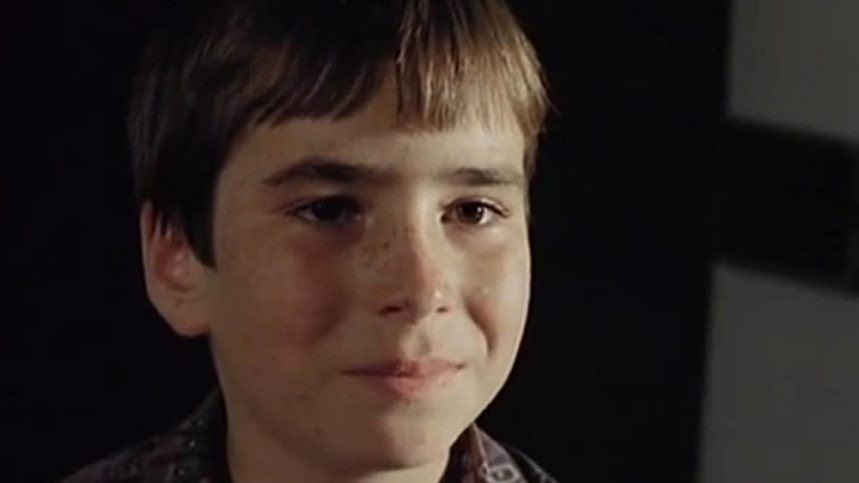
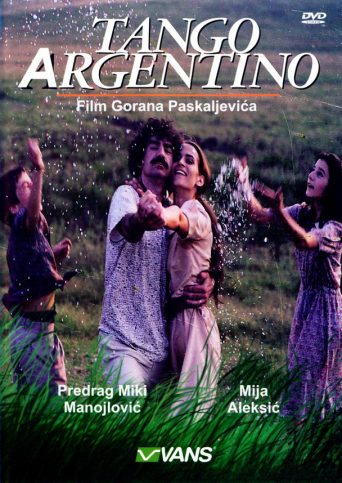 The story is saturated with humanity, sincerity and warmth. The inter-generational friendship motifs bring to mind the 2014 films
The story is saturated with humanity, sincerity and warmth. The inter-generational friendship motifs bring to mind the 2014 films 

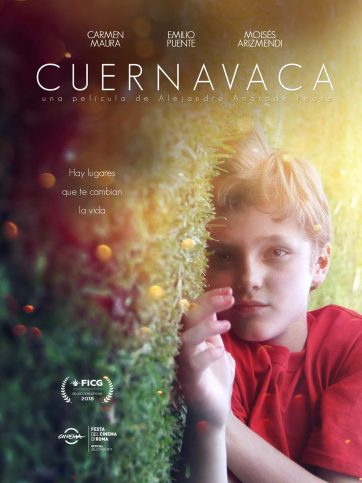 Exploring the fragile nature of a child’s soul, whose world gets torn apart after a traumatic event, is a theme frequently addressed in the Coming-of-Age cinema.
Exploring the fragile nature of a child’s soul, whose world gets torn apart after a traumatic event, is a theme frequently addressed in the Coming-of-Age cinema.
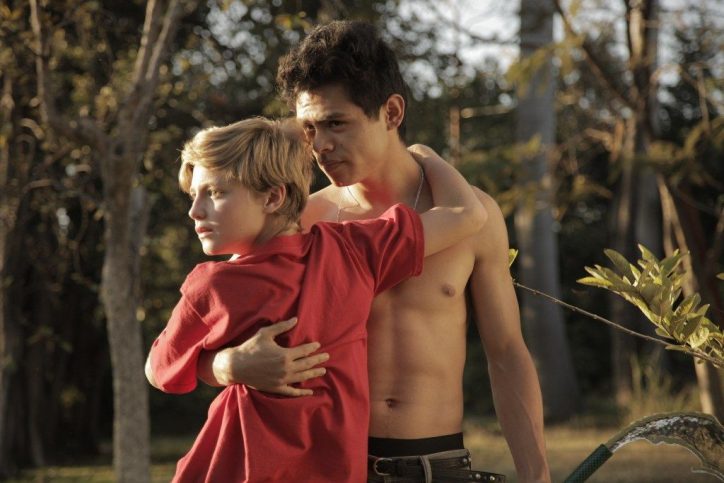
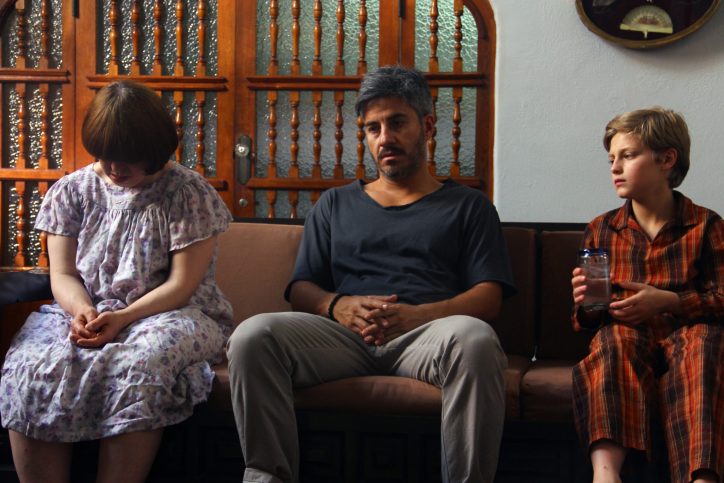

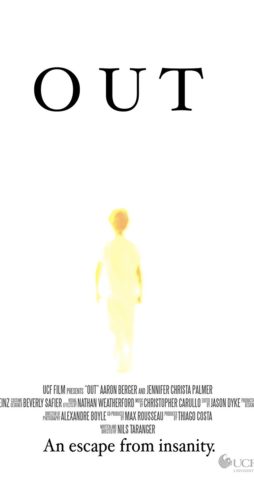 Written and directed by Nils Taranger, the 2010 short film Out offers a haunting and surreal observation of the interactions of a young boy and his mother.
Written and directed by Nils Taranger, the 2010 short film Out offers a haunting and surreal observation of the interactions of a young boy and his mother.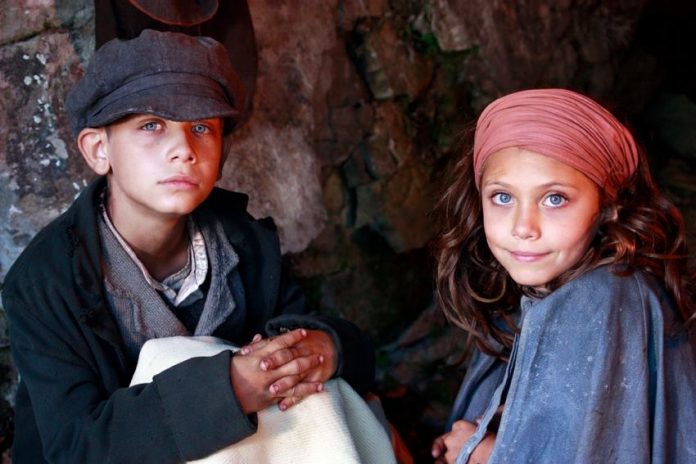
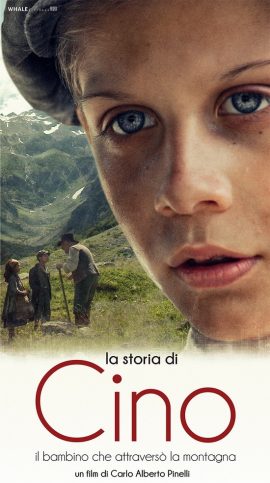
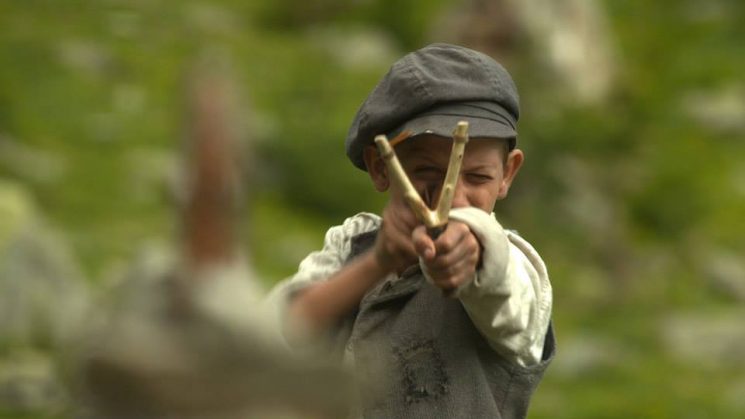
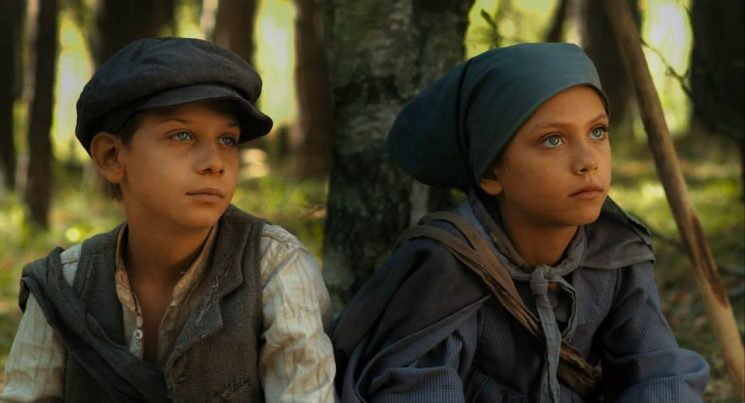

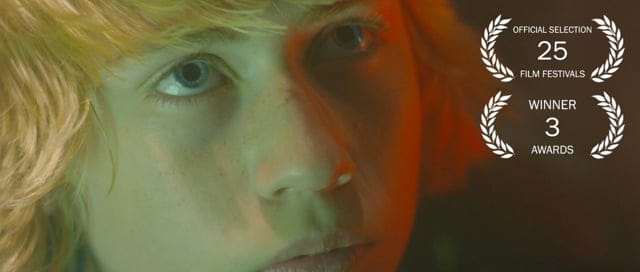
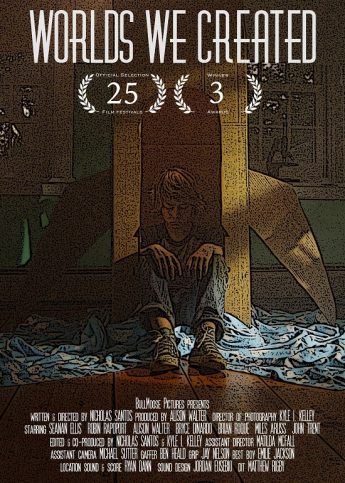
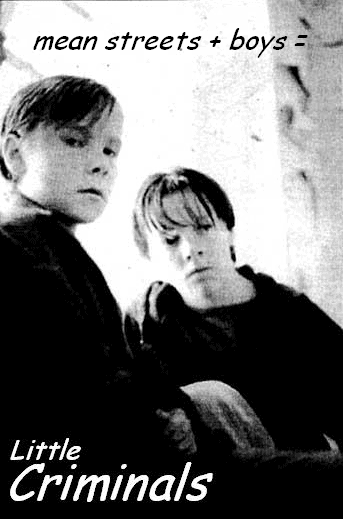
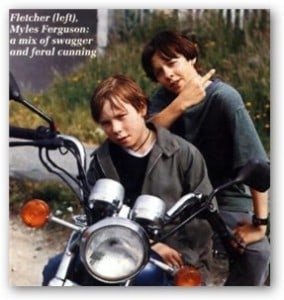
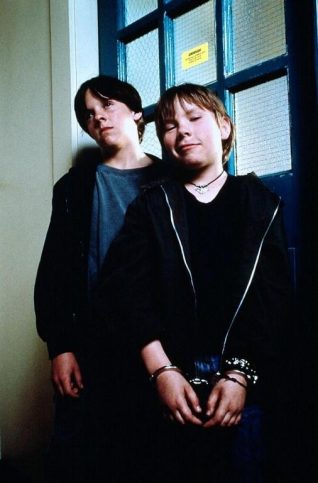
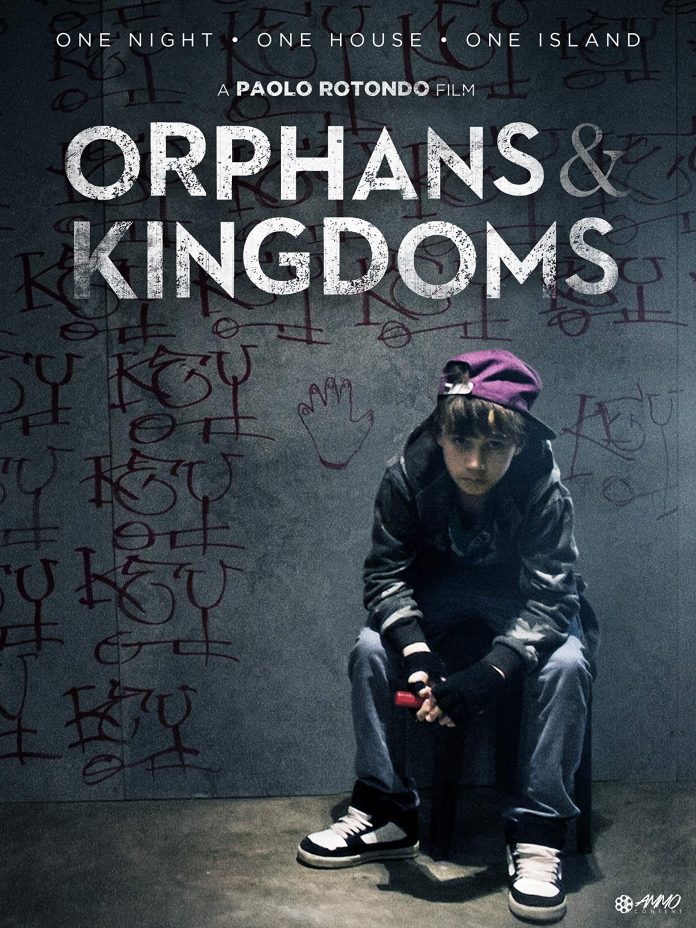
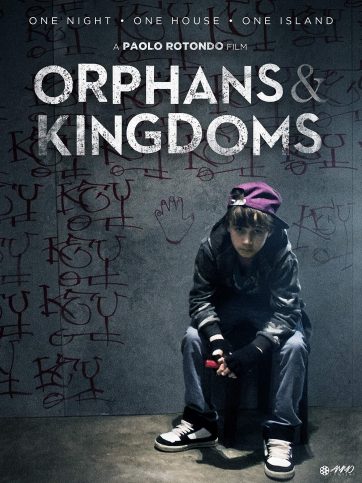 A perplexing portrayal of juvenile delinquency intertwined with grief and trauma, Orphans and Kingdoms offers a unique take on the fragility of the human soul.
A perplexing portrayal of juvenile delinquency intertwined with grief and trauma, Orphans and Kingdoms offers a unique take on the fragility of the human soul.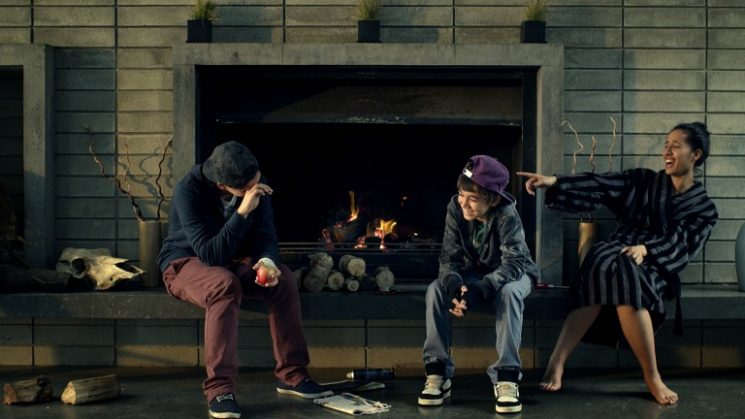

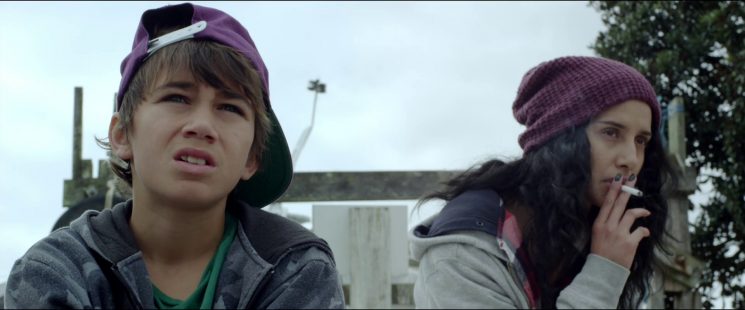
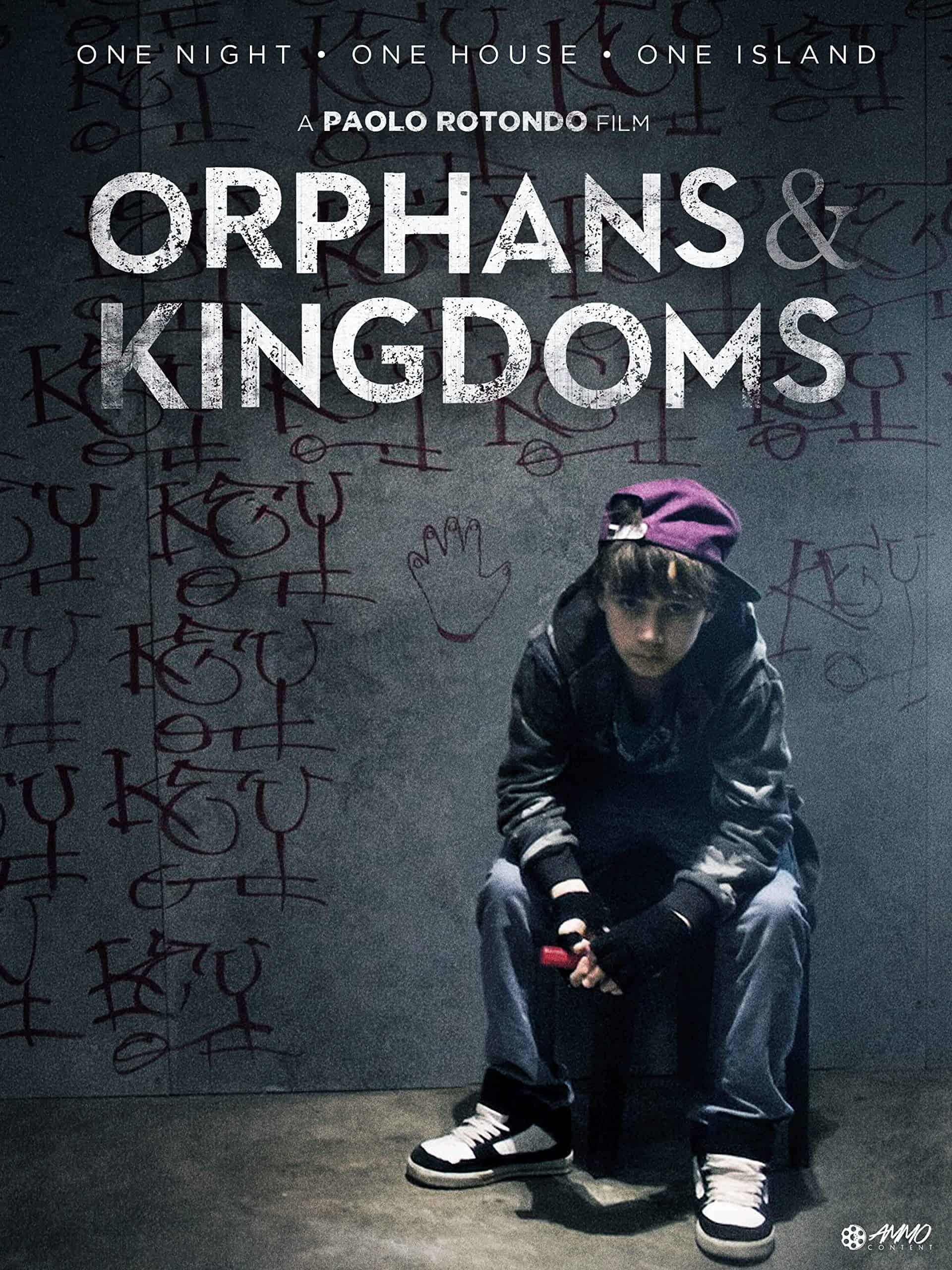
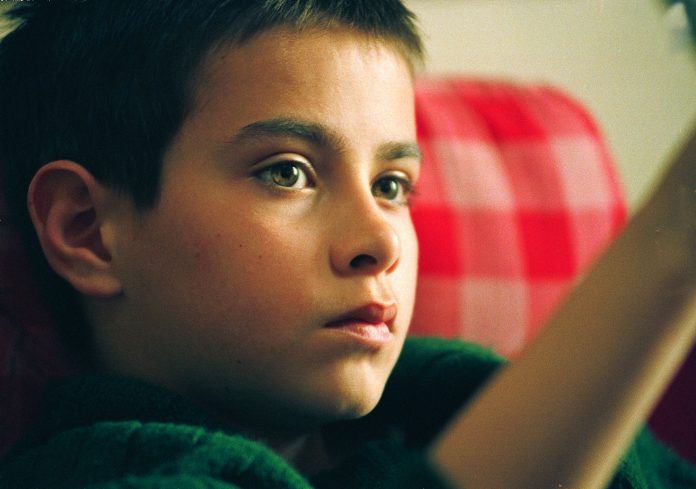
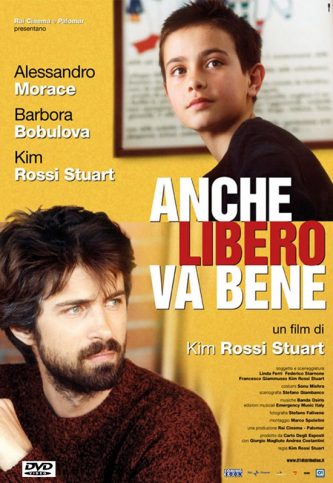 With an absent mother, frustrated father and an elder sister whose raging hormones turn into a nuisance – life is not easy for 11-year-old Tommaso (Alessandro Morace). He is the protagonist of Along the Ridge (Anche libero va bene), an Italian Coming-of-Age drama with a strong accent on the interpersonal relationship within the family.
With an absent mother, frustrated father and an elder sister whose raging hormones turn into a nuisance – life is not easy for 11-year-old Tommaso (Alessandro Morace). He is the protagonist of Along the Ridge (Anche libero va bene), an Italian Coming-of-Age drama with a strong accent on the interpersonal relationship within the family.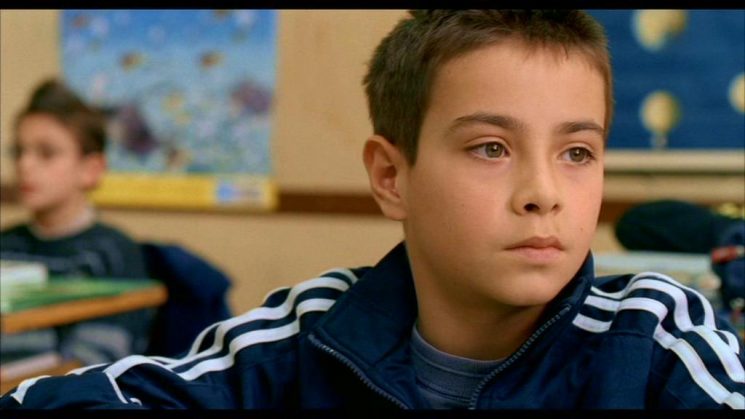
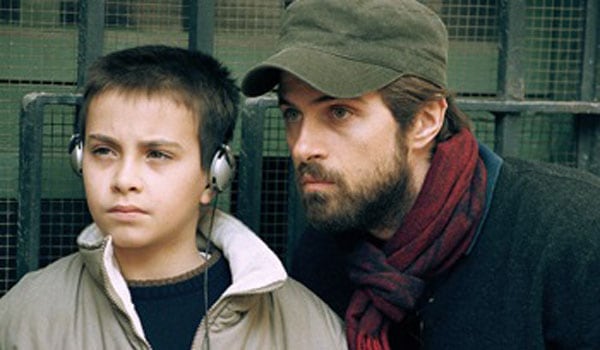
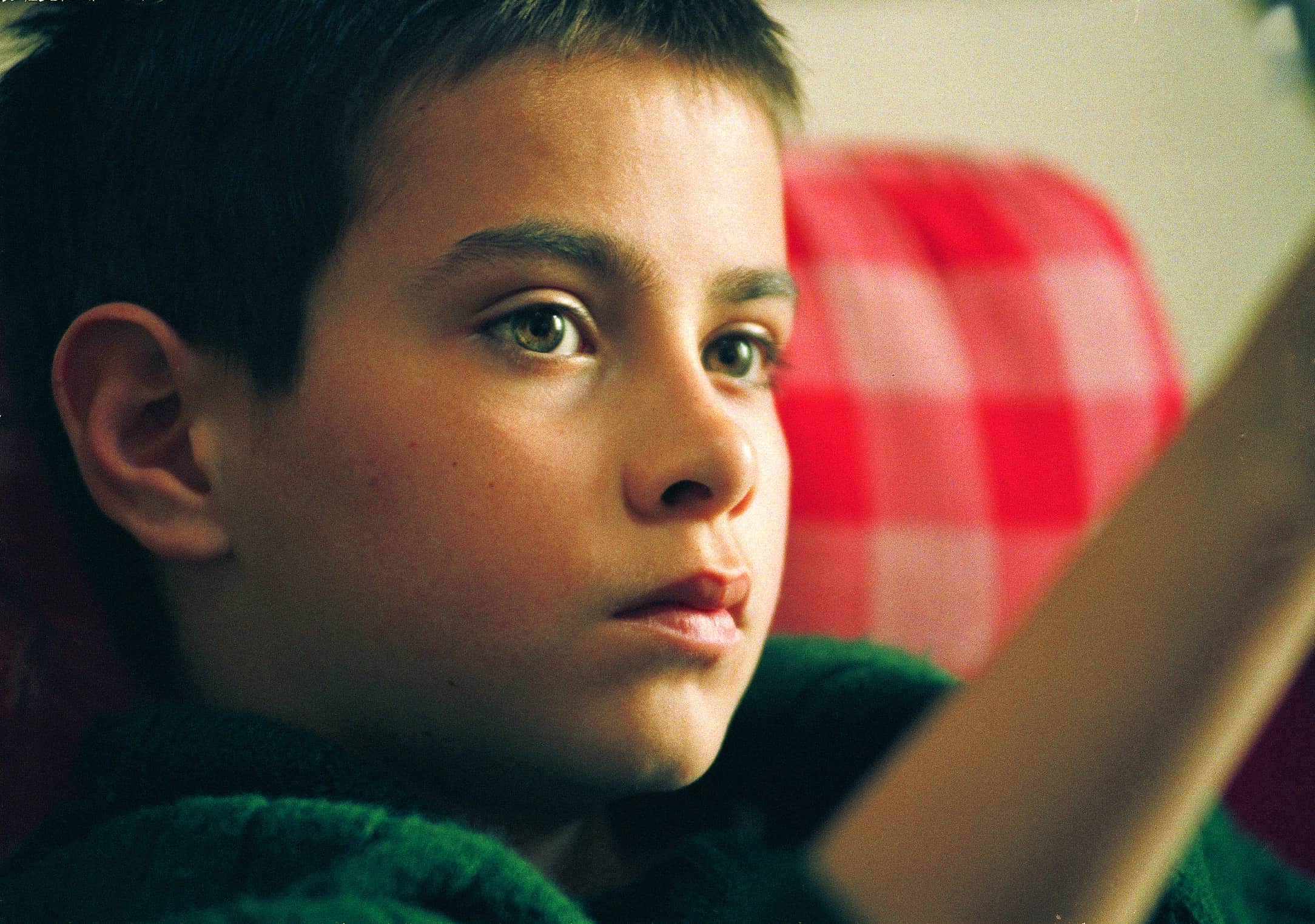
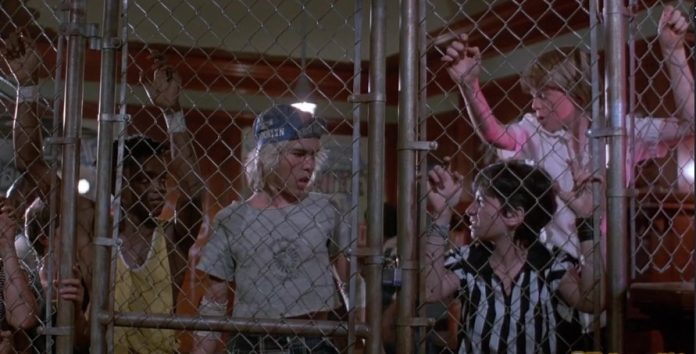
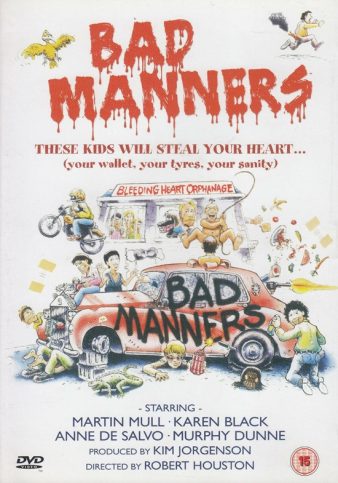 If you like to waste time and feel a bit naughty doing it with the help of a film filled with senseless jokes, Bad Manners is a perfect pick. The best part about it is the rocky musical score and frankly that vintage garb that everyone wears.
If you like to waste time and feel a bit naughty doing it with the help of a film filled with senseless jokes, Bad Manners is a perfect pick. The best part about it is the rocky musical score and frankly that vintage garb that everyone wears.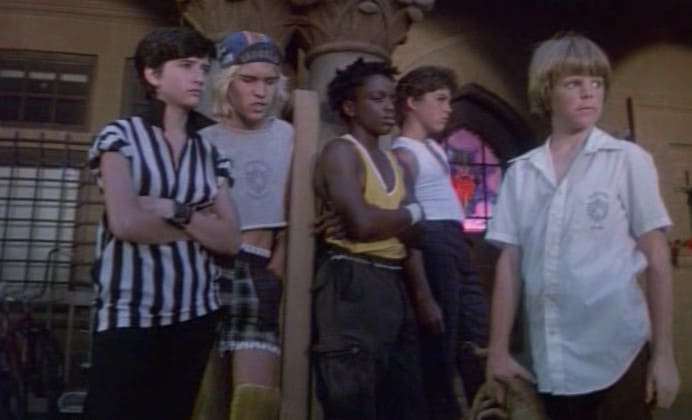
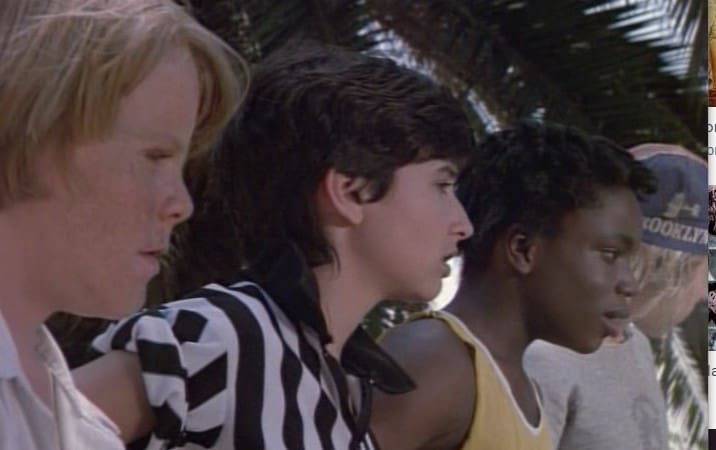
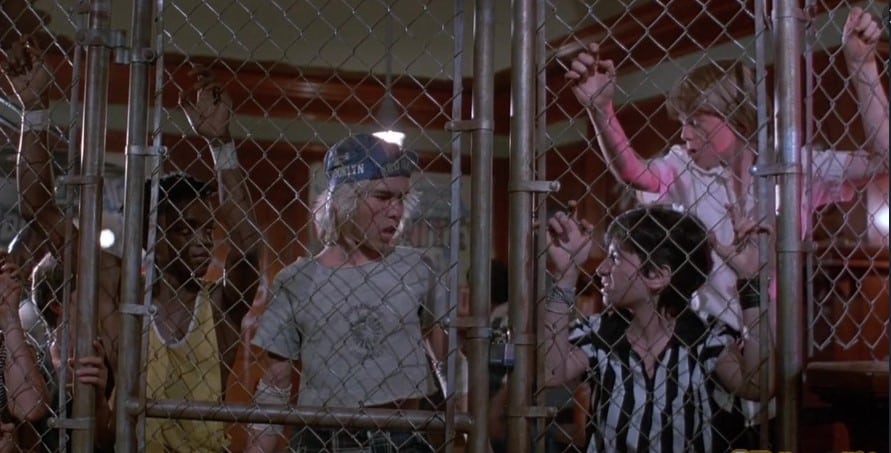



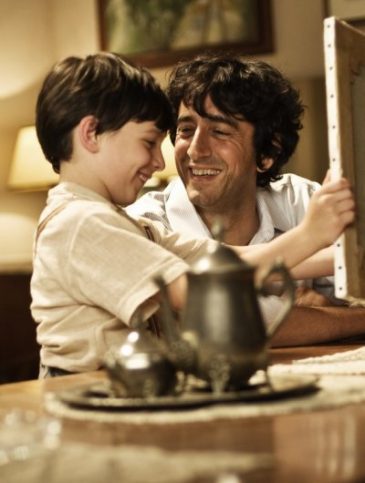 The dynamic relationship between father and son is explored wholesomely with all of its traits – from loving care to frustration and from pride to disappointment. Because of his father’s ambitions, Gabriele’s childhood is a troubled one – yet still full of magic and awe.
The dynamic relationship between father and son is explored wholesomely with all of its traits – from loving care to frustration and from pride to disappointment. Because of his father’s ambitions, Gabriele’s childhood is a troubled one – yet still full of magic and awe.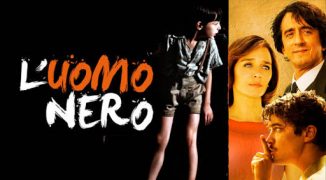
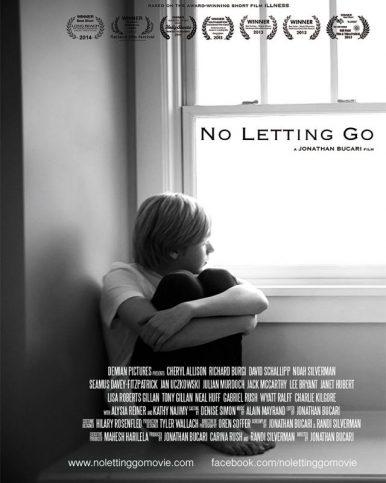 In its essence, Jonathan D. Bucari‘s No Letting Go is a Coming-of-Age film. It recounts the trials and tribulations of a young boy suffering from a bipolar disorder, following his life from infancy through adolescence. Yet not only his experiences are in focus, but those of his entire family, allowing the viewer to observe the effects such an illness can have on the family unit as a whole, as well as each single family member individually.
In its essence, Jonathan D. Bucari‘s No Letting Go is a Coming-of-Age film. It recounts the trials and tribulations of a young boy suffering from a bipolar disorder, following his life from infancy through adolescence. Yet not only his experiences are in focus, but those of his entire family, allowing the viewer to observe the effects such an illness can have on the family unit as a whole, as well as each single family member individually.
